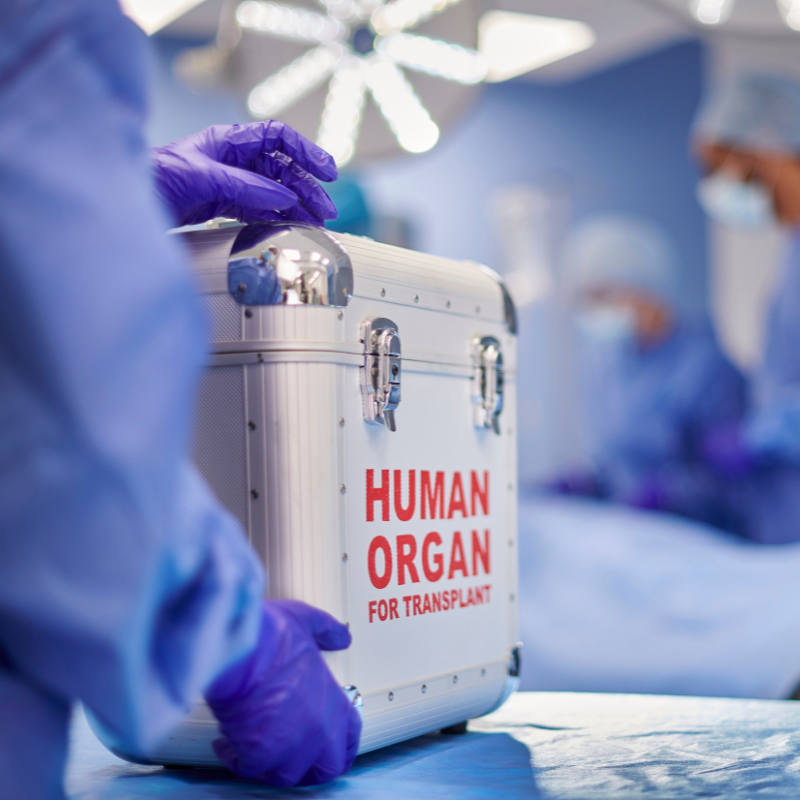
Published on November 16, 2021 | The PKD Foundation’s principal mission is to support basic, translational, and clinical research that will benefit patients with autosomal dominant and autosomal recessive polycystic kidney disease (ADPKD and ARPKD). This mission is strengthened by our international partnerships, including one with PKD Australia, whose co-funding with the PKD Foundation helps showcase to the world some of the most brilliant scientific minds in Australia. We’re pleased to share details of our most recent co-funded grant for Australian researcher, Melissa Little, Ph.D., who’s studying kidney organoids in ARPKD.
Melissa Little, Ph.D., Murdoch Children’s Research Institute
How did you first get involved in PKD research?
Melissa: My research has focused on kidney development and disease for several decades. It’s mostly focused on the molecular and cellular basis of kidney morphogenesis. We’ve been involved in identifying the role of new genes in this process. More recently, we’ve been able to use this understanding to build models of the human kidney from stem cells. It was then that we sought to investigate whether these stem cell-derived models were useful for understanding human disease, including polycystic kidney disease. We can achieve this by making stem cell lines from the patients and recreating a model of their disease in the laboratory.

What are you working on currently?
Melissa: Using stem cells, we’ve created a human collecting duct in a dish. This is the cell type in the kidney particularly affected in autosomal recessive PKD. Using a stem cell line with a patient mutation, we can show that the patient collecting duct differs from the control. We hope to use this as a tool to screen drugs to look for novel treatments for ARPKD.
What would you like the patient community to know about your research?
Melissa: Studies into inherited kidney diseases, such as PKD, are improving all the time. This provides patients with the hope of improved interventions that may save lives or improve their quality of life. This is our hope.
Do you have any personal connections to PKD?
Melissa: No.
What excites you most about this research?
Melissa: The possibility that we may be able to improve the lives of others.
What are some of your personal interests outside of research?
Melissa: My children and my dog. I like photography, painting, and being out in the wild.
Anything else you’d like to share?
Melissa: Our research is still a long way from providing the answers, but as well as now being able to better model this disease, one day we hope to also be able to generate replacement tissue for the treatment of disease.
Want to learn more about others funded by the PKDF? Find them here! And check out other recent researcher spotlights.









This article is one of the few I have receved from PKD Foundation that is informative! Usually their email are about fund raising and provide NO information about research activities related to PKD. Hello? Don’t you think PKD should be sharing such information with their public?
I’ve asked this before but haven’t received an answer. Are any labs using the CRISPR technique to compensate for defective PKD genes?
Thank you.
Research into use of the CRISPR gene-editing technology to treat PKD is in its infancy. At present, researchers are working to determine if the technology can repair the genes mutated in PKD in isolated cells—in other words, can this technology provide working copies of these genes at all? If the answer to this question is yes, there will need to be a tremendous amount of work to follow to determine if the approach is safe, as well as to develop strategies to see if the technology can work when administered to animals, rather than to just isolated cells.
For context, eye disease was chosen as the first disease to attempt to use CRISPR to edit a gene while the DNA is still inside a person’s body because it is relatively straight forward to deliver gene therapies to the proper cells in the eye, and scientists know how to do this effectively. Delivering technologies like this to the proper cells in the kidney is much more complicated than delivery to the eye, so it will take much more time before we could expect to see this approach applied to PKD.
I am on dialysis 3x week;y and wonder if any research is currently being done on the method of dialysis. The hardest part for me is placing the needles. Can’t someone figure out a way to insert the needles into a port to avoid the pain when the needles are inserted. Also I have been on dialysis for 3 years now and am still experiencing a feeling of electrial shocks around my hips and stomach after treatment. Any ideas what is causing this. My doctors say they have no clue as to what is causing this.